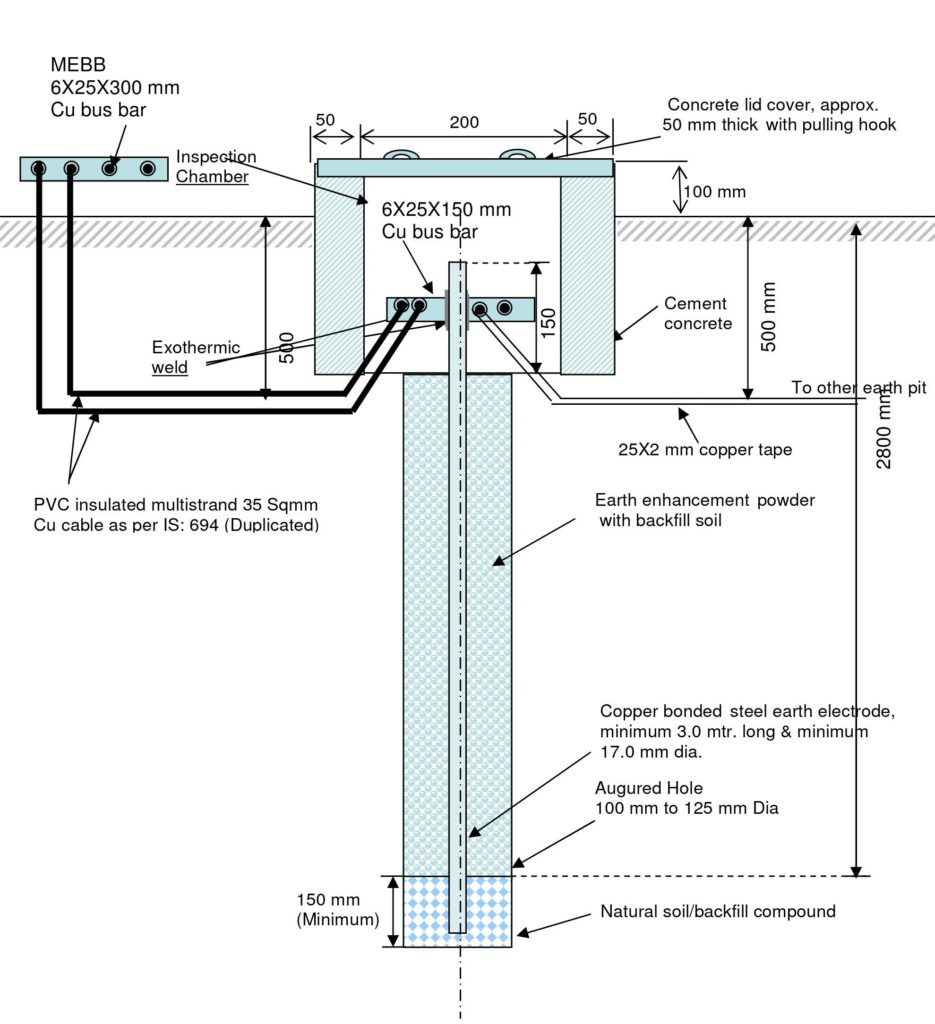Portable emergency inflatable lighting systems are a type of lighting system that is designed to be used in emergency situations where there is no available source of electricity. These systems are lightweight, easy to transport, and can be quickly set up to provide illumination in areas that are otherwise dark. In this article, we will discuss the uses of portable emergency inflatable lighting systems and how they can be beneficial in different emergency situations.
Natural Disasters
Natural disasters such as earthquakes, hurricanes, and floods can cause power outages and disrupt the normal functioning of streetlights and other sources of lighting. In these situations, portable emergency inflatable lighting systems can be used to provide temporary illumination for rescue workers, emergency responders, and those affected by the disaster. These lighting systems can be quickly deployed to provide much-needed light for search and rescue efforts, evacuation routes, and other critical areas.
Construction Sites
Construction sites can be hazardous and pose a risk of injury to workers. In low light conditions, the risk of accidents and injuries is even greater. Portable emergency inflatable lighting systems can be used to provide illumination for construction sites, especially during early morning or late evening hours when natural light is limited. This helps to increase visibility and reduce the risk of accidents and injuries.
Outdoor Events
Outdoor events such as concerts, festivals, and sports events often take place in the evening or at night. Portable emergency inflatable lighting systems can be used to provide illumination for these events, making it easier for attendees to see and navigate the area. These lighting systems can be quickly set up and provide a bright, even light that is essential for outdoor events.
Military Operations
Military operations often take place in remote and rugged terrain, where electricity may not be available. Portable emergency inflatable lighting systems can be used to provide temporary lighting for military operations, such as airfield lighting, checkpoint lighting, and lighting for temporary base camps. These lighting systems are lightweight, easy to transport, and can be quickly set up in the field.
Emergency Response
Emergency response situations, such as car accidents or fires, require immediate action to be taken. Portable emergency inflatable lighting systems can be used to provide illumination for emergency responders, making it easier for them to assess the situation and carry out their duties. These lighting systems are also useful for illuminating roadways and other areas that may be affected by the emergency.
Mining Operations
Mining operations often take place in underground tunnels where there is no natural light. Portable emergency inflatable lighting systems can be used to provide temporary lighting for these areas, making it easier for miners to see and work safely. These lighting systems can also be used to illuminate entry and exit points, emergency evacuation routes, and other critical areas.
Disaster Relief
Disaster relief efforts often take place in remote areas where there is no available source of electricity. Portable emergency inflatable lighting systems can be used to provide temporary lighting for disaster relief operations, making it easier for rescue workers and emergency responders to carry out their duties. These lighting systems can be quickly deployed to provide much-needed light for search and rescue efforts, evacuation routes, and other critical areas.
Oil and Gas Industry
The oil and gas industry often operates in remote locations, where electricity may not be readily available. Portable emergency inflatable lighting systems can be used to provide temporary lighting for oil and gas operations, such as oil rig platforms, pipeline construction, and drilling sites. These lighting systems are lightweight, easy to transport, and can be quickly set up in the field.
Aviation Industry
The aviation industry relies heavily on lighting systems to ensure safe and efficient operations. Portable emergency inflatable lighting systems can be used to provide temporary lighting for aircraft maintenance, emergency landing zones, and other critical areas of an airport. These lighting systems are lightweight, easy to transport, and can be quickly set up in the field.
Law Enforcement
Law enforcement agencies often need to work in low light conditions, such as during nighttime patrols or crime scene investigations. Portable emergency inflatable lighting systems can be used to provide temporary lighting for these situations, making it easier for law enforcement officers to see and carry out their duties. These lighting systems can be quickly deployed and provide a bright, even light that is essential for law enforcement operations.
Film and Television Industry
The film and television industry often requires lighting systems for outdoor shoots and other locations where there is no available source of electricity. Portable emergency inflatable lighting systems can be used to provide temporary lighting for these situations, making it easier for film crews to capture the desired footage. These lighting systems are lightweight, easy to transport, and can be quickly set up in the field.
Agricultural Industry
The agricultural industry often requires lighting systems for nighttime operations, such as harvesting and planting. Portable emergency inflatable lighting systems can be used to provide temporary lighting for these situations, making it easier for farmers to carry out their work. These lighting systems are also useful for illuminating livestock areas and other critical areas of a farm.
Outdoor Recreation
Outdoor recreation activities such as camping, hiking, and fishing often take place in remote areas where there is no available source of electricity. Portable emergency inflatable lighting systems can be used to provide temporary lighting for these situations, making it easier for people to navigate and carry out their activities. These lighting systems are also useful for illuminating campgrounds and other areas where people may gather.
In summary, portable emergency inflatable lighting systems are versatile and useful in a wide range of emergency and non-emergency situations. They are easy to transport, quick to set up, and provide bright, even illumination in areas where there is no available source of electricity.
